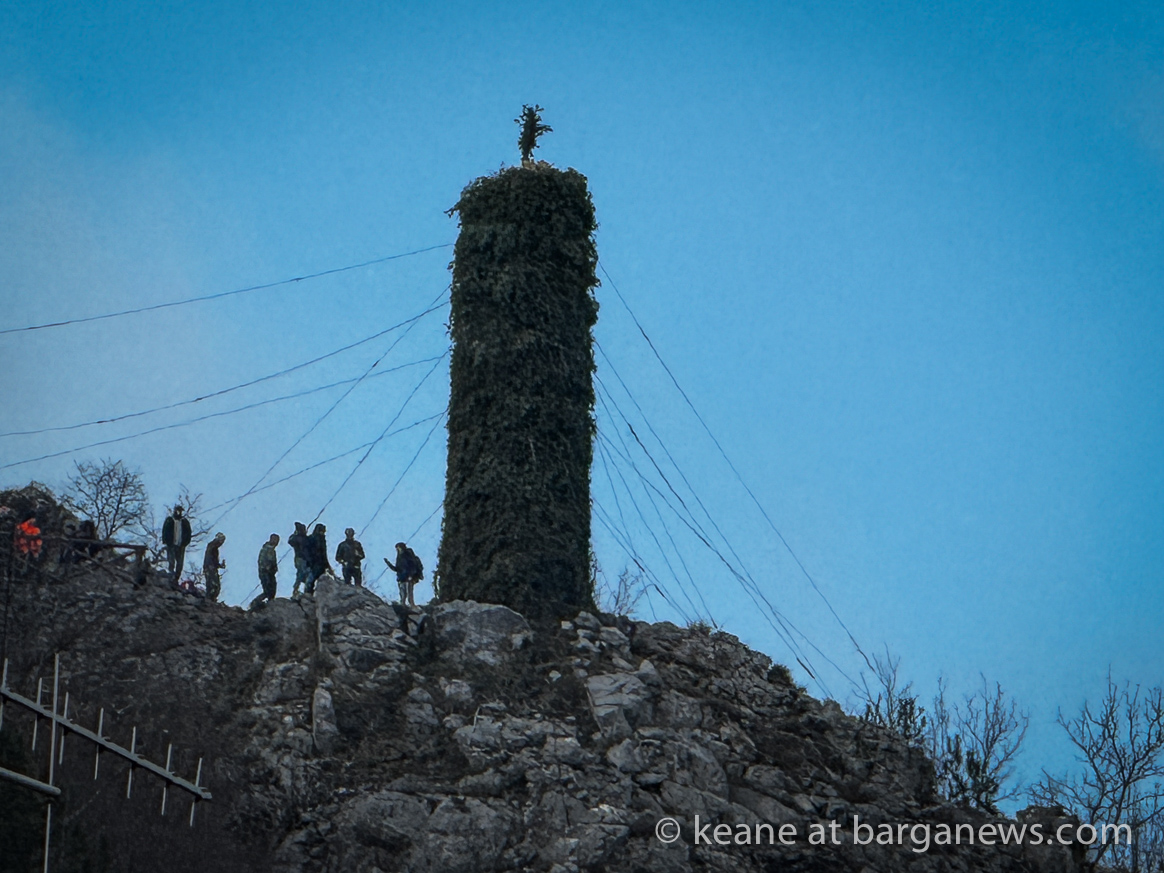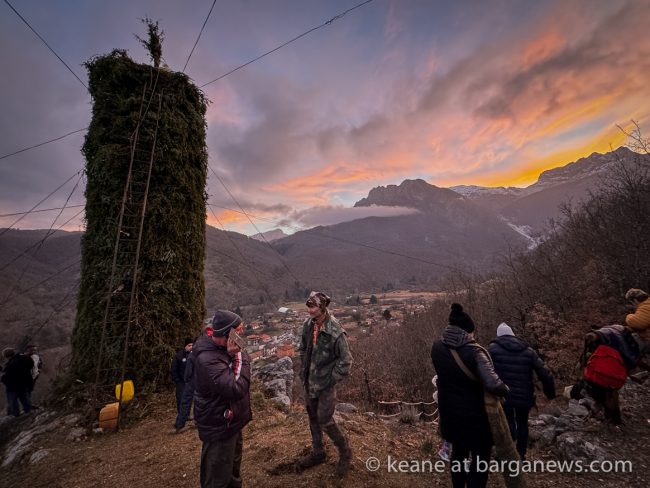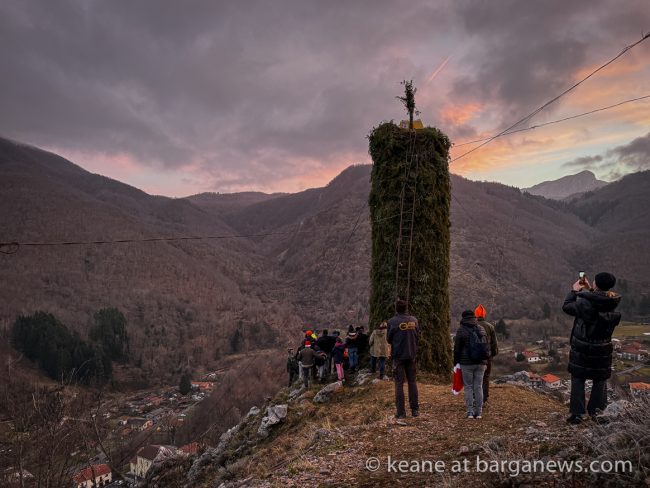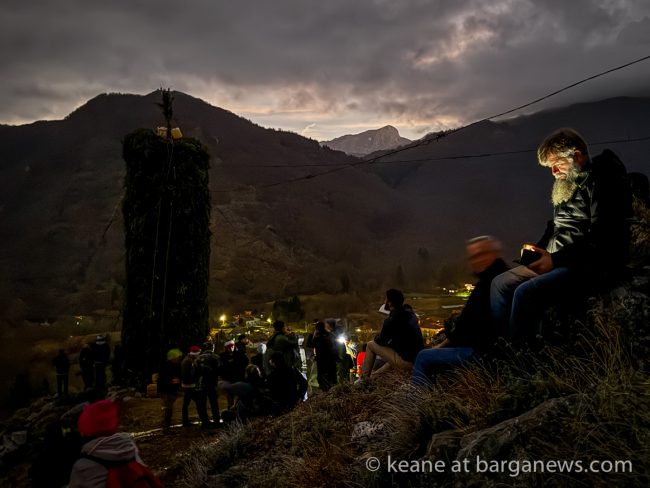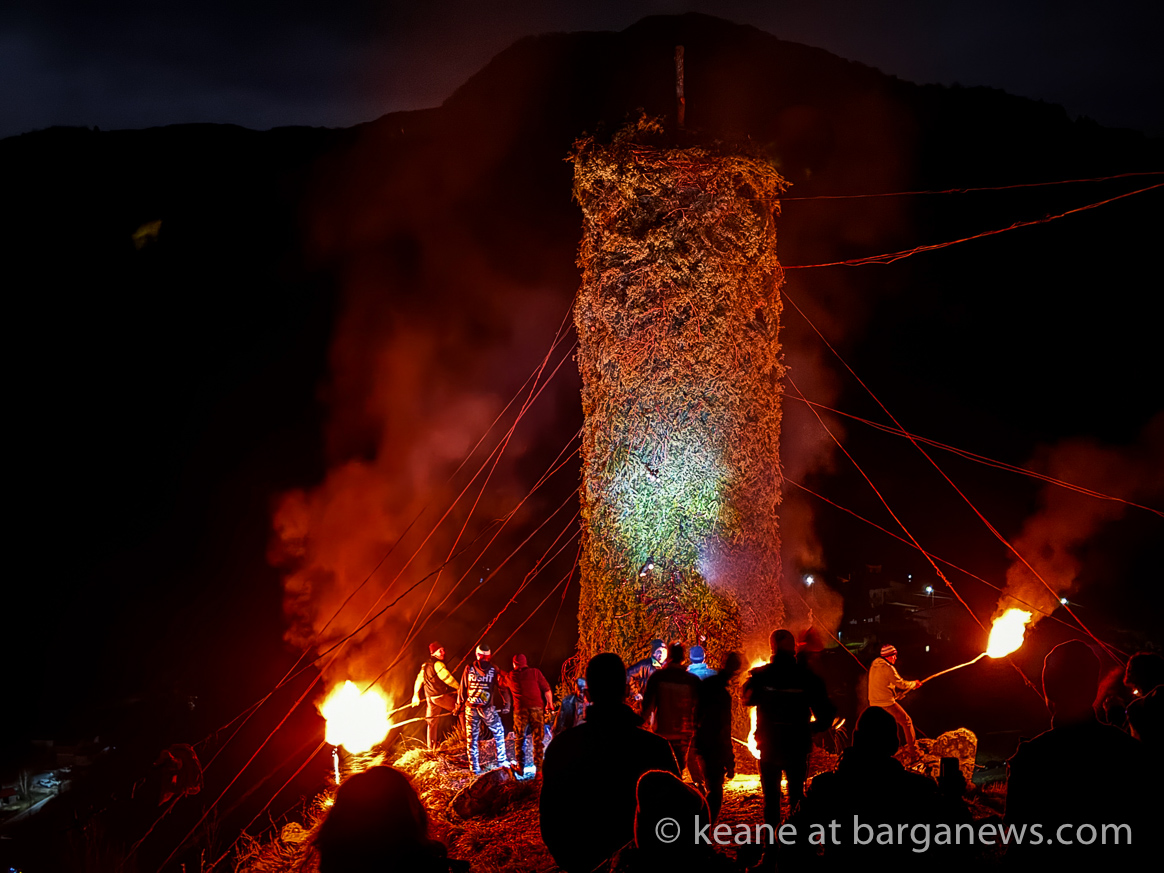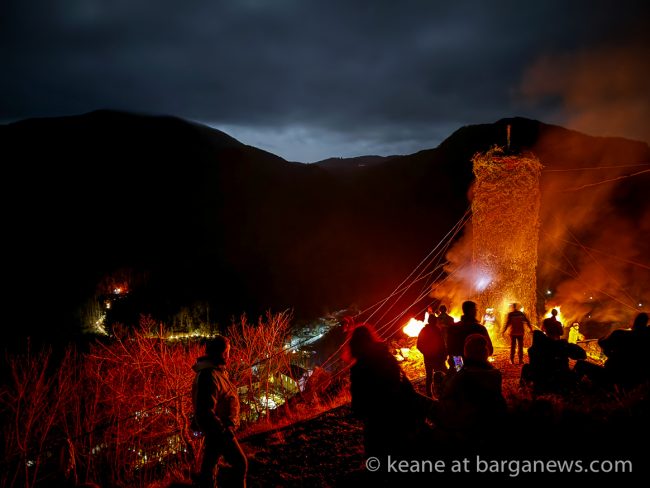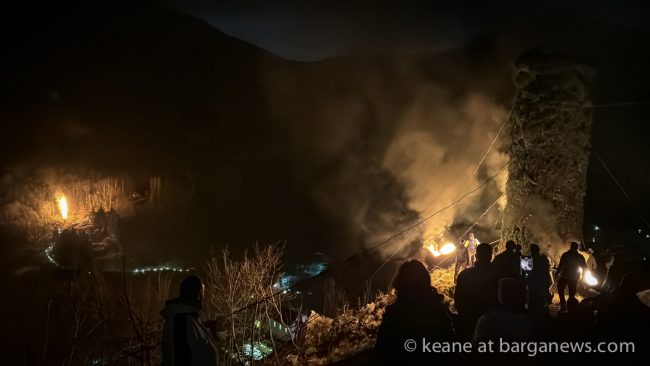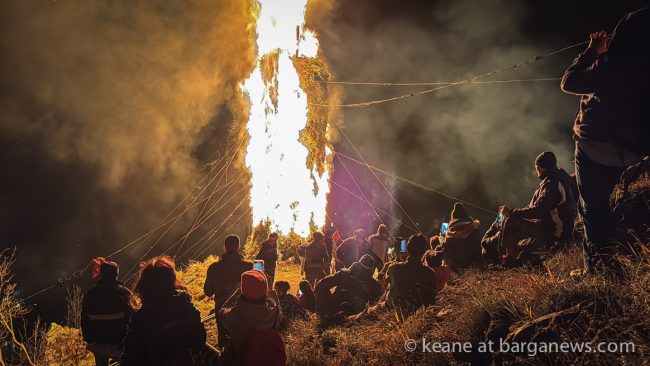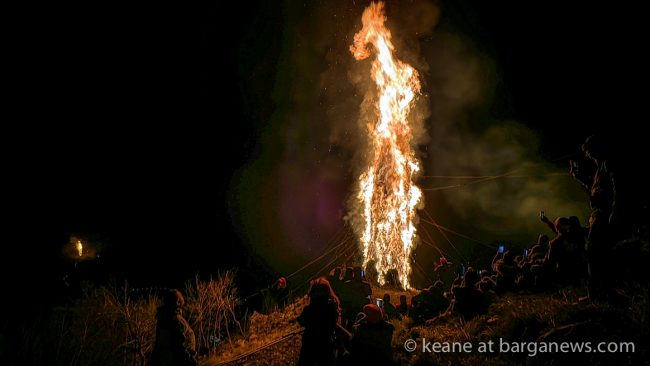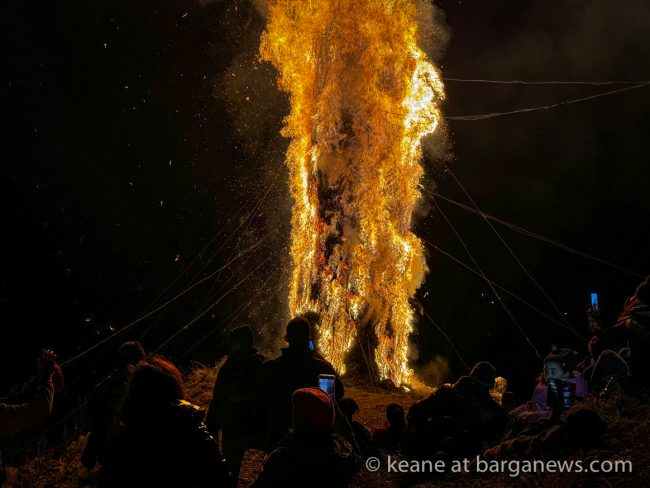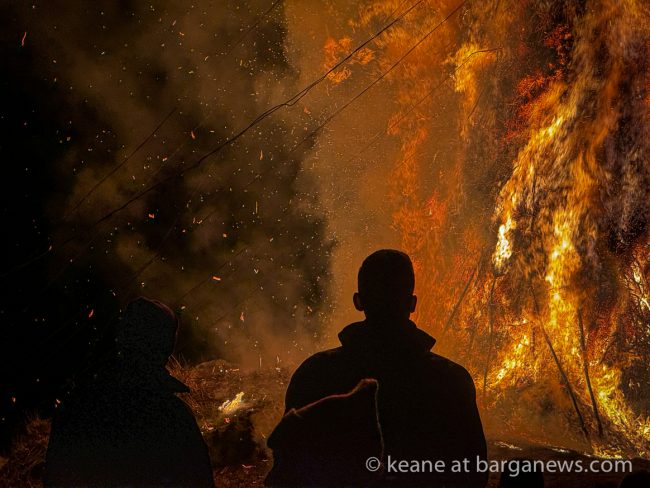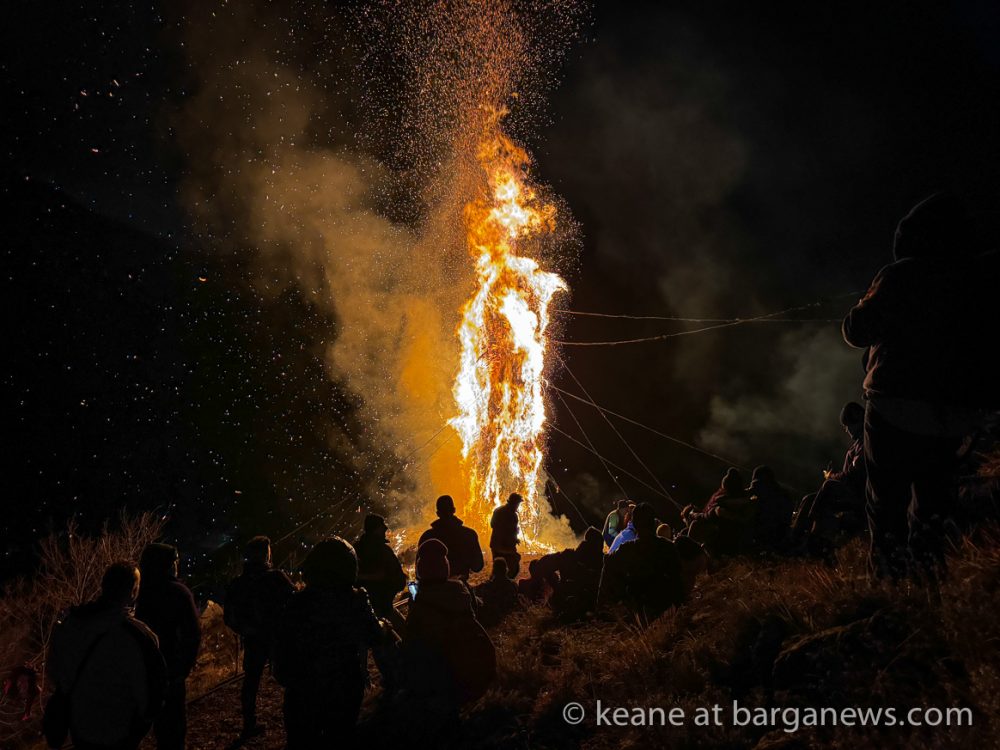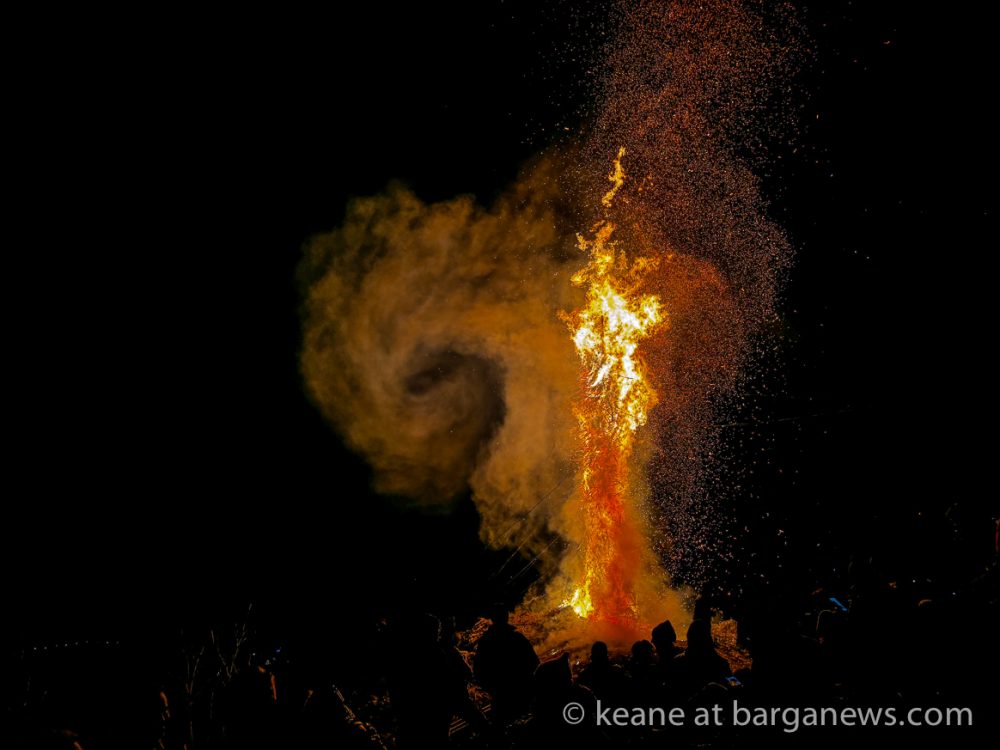Palio dei Natalecci; every year on the 24th December the night sky in certain parts of Garfagnana is lit up with large fires. These are the Natalecci of Gorfigliano.
The Nataleccio is a cylindrical construction obtained by driving into the ground a wooden trunk which in the local dialect takes the name of “temple” and which can be made of chestnut, beech or Turkey oak, around which a large number of branches are “woven” Before starting the construction, however, a place is identified above the town to be clearly visible to all and after which the great work begins, where young and old will be busy assiduously for months, sweating and suffering. and built the cylinder which can usually exceed fifteen meters in height for a diameter of three to four meters.
The skill lies in making this structure as stable as possible so that it does not fall and the same skill lies in the “texture” of the juniper which guarantees a lasting flame as the flame must last over twenty minutes, high, clearly visible and without smoke.
Many were the divinatory signals that the pagan God offered to his faithful through the fire: from the intensity of the glow of the sparks, from the direction of the smoke, from the crackling of the juniper plant, omens were drawn about crops, epidemics and famines, while the embers collected the next day were kept as precious amulets. From a pagan rite to a Christian-like rite, the step was short. , but in all those places where this persisted custom and it was thus that Pope Leo I in the sermon given on Christmas 460 said:
“This religion of the sun and fire is so highly esteemed that some Christians before entering St. Peter’s Basilica in the Vatican, after climbing the staircase, turn towards the sun and bow their heads in honour of the incandescent star. . We are anguished and we are saddened by this fact which is repeated for pagan mentality. Christians must refrain from any affiliation of respect to this cult of the gods “.
But we know how things are going and as an old and wise proverb says: “There is no enemy today, who cannot become a friend tomorrow” and so the Christian church began to associate the sun with the image of Jesus, the sentences were underlined of the gospel where Christ was compared to the sun, such as: “His face resembled the sun when it shines with all its strength” (Apocalypse of John), the monogram IHS incorporated in a blazing sun will be adopted, the monstrances will take the form of a solar disk and so many and many other examples could be given.
The origins of this ceremony have long since been lost but probably dates back to a pagan rite to the god Mitra but which was then appropriated by the Christian faith and given meaning with the fires now warming up the newly born Jesus
Mithra, also spelled Mithras, Sanskrit Mitra, in ancient Indo-Iranian mythology, the god of light, whose cult spread from India in the east to as far west as Spain, Great Britain, and Germany. The first written mention of the Vedic Mitra dates to 1400 bc. His worship spread to Persia and, after the defeat of the Persians by Alexander the Great, throughout the Hellenic world. In the 3rd and 4th centuries ad, the cult of Mithra, carried and supported by the soldiers of the Roman Empire, was the chief rival to the newly developing religion of Christianity.
As the church bells ring out across the valley to announce the birth of The Messiah, the people around the Nataleccio start to sing “Oh! Oh! Nataleccio! Oh! Oh! Nataleccio!” and the fires are lit. The air is then rent with the sound of fireworks, sirens, shouts and the unmistakable sound of gunshots.
 |
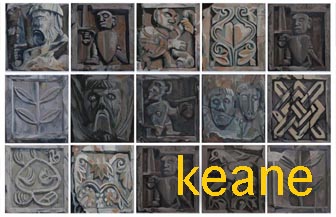 |
 |
 |
Natalecci 2022 | 2021 | 2019 | 2017 | 2016 | 2015 | 2013 | 2010 | 2008 | 2007 |
Palio dei Natalecci: ogni anno il 24 dicembre il cielo notturno in alcune parti della Garfagnana si illumina con grandi fuochi. Questi sono i Natalecci di Gorfigliano.
Il Nataleccio è una costruzione cilindrica ottenuta infilando nel terreno un tronco di legno chiamato “tempio” nel dialetto locale e che può essere realizzato in castagno, faggio o cerro, attorno al quale viene “intrecciato” un gran numero di rami. Prima di iniziare la costruzione, tuttavia, viene identificato un luogo sopra la città per essere chiaramente visibile a tutti e dopo di che inizia il grande lavoro, dove giovani e anziani saranno occupati assiduamente per mesi, sudando e soffrendo, costruendo il cilindro che di solito può superare i quindici metri di altezza per un diametro di tre o quattro metri.
La bravura sta nel rendere questa struttura il più stabile possibile in modo che non cada e la stessa abilità sta nella “tessitura” del ginepro che garantisce una fiamma duratura, poiché la fiamma deve durare oltre venti minuti, alta, chiaramente visibile e senza fumo.
Molti erano i segnali divinatori che il dio pagano offriva ai suoi fedeli attraverso il fuoco: dall’intensità del bagliore delle scintille, dalla direzione del fumo, dal crepitio della pianta di ginepro, si traevano presagi su raccolti, epidemie e carestie, mentre le braci raccolte il giorno dopo venivano conservate come preziosi amuleti. Da un rito pagano a un rito simile a quello cristiano, il passo era breve. In tutti quei luoghi in cui persisteva questa consuetudine, fu così che papa Leone I nel sermone del Natale del 460 disse:
“Questa religione del sole e del fuoco è così apprezzata che alcuni cristiani, prima di entrare nella Basilica di San Pietro in Vaticano, dopo aver salito la scala, si voltano verso il sole e inchinano la testa in onore della stella incandescente. Siamo angosciati e siamo addolorati da questo fatto che si ripete per la mentalità pagana. I cristiani devono astenersi da qualsiasi affiliazione di rispetto a questo culto degli dei “.
Ma sappiamo come vanno le cose e come dice un vecchio e saggio proverbio: “Non c’è nemico oggi che non possa diventare amico domani” e così la chiesa cristiana iniziò ad associare il sole all’immagine di Gesù, furono sottolineate le frasi del vangelo in cui Cristo veniva paragonato al sole, come ad esempio: “Il suo volto assomigliava al sole quando splende con tutta la sua forza” (Apocalisse di Giovanni), il monogramma IHS incorporato in un sole fiammeggiante sarà adottato, le ostensori assumeranno la forma di un disco solare e così molti e molti altri esempi potrebbero essere dati.
Le origini di questa cerimonia si sono perse da tempo, ma probabilmente risale a un rito pagano dedicato al dio Mitra, che fu poi appropriato dalla fede cristiana e dotato di significato con i fuochi che ora riscaldano il neonato Gesù.
Mitra, anche scritto Mithras, sanscrito Mitra, nella mitologia antica indo-iranica, è il dio della luce, il cui culto si diffuse dall’India a est fino a toccare Spagna, Gran Bretagna e Germania a ovest. La prima menzione scritta di Mitra vedico risale al 1400 a.C. Il suo culto si diffuse in Persia e, dopo la sconfitta dei Persiani da parte di Alessandro Magno, in tutto il mondo ellenico. Nei secoli III e IV d.C., il culto di Mitra, portato e sostenuto dai soldati dell’Impero Romano, fu il principale rivale della nascente religione cristiana.
Mentre le campane della chiesa suonano attraverso la valle per annunciare la nascita del Messia, le persone intorno al Nataleccio iniziano a cantare “Oh! Oh! Nataleccio! Oh! Oh! Nataleccio!” e i fuochi vengono accesi. L’aria è poi squarciata dal suono di fuochi d’artificio, sirene, grida e dall’inconfondibile suono degli spari.



